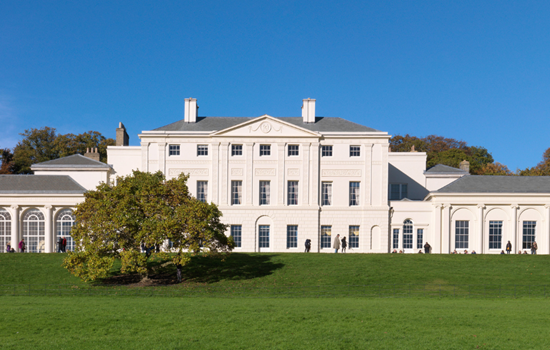Search Results
1089 results for whats on in May
Page
Restormel Castle is one of the most remarkable castles in Britain. Built in the late 13th century, the present circular structure was a residence and hunting establishment for the earls and dukes of Cornwall.
Page
Any study of Elizabethan and Stuart England would be greatly enhanced by a visit to Kirby Hall. Even though much is now ruined it was once at the forefront of architectural design and you can easily see how grand and impressive it once was. Interior spaces have been carefully restored to reflect 17th and 18th Century décor; the display area provides a fascinating array of objects reflecting the history of the house and gardens. Interactive displays will give your students a chance to get involved in this site.
Page
Test your knowledge of our sites' summer links with our 20 questions quiz from the Summer 2023 edition of your Members' Magazine.
Page
Country Estates in Roman Britain
An introduction to the design, development and purpose of Roman country villas, and the lifestyles of their owners, as revealed by English Heritage properties.
Page
Blue Plaque commemorating promoter of musical knowledge Sir George Grove at 14 Westwood Hill, Sydenham, London SE26 6QR, London Borough of Lewisham.

Property
This outstanding house beside Hampstead Heath was remodelled by Robert Adam between 1764 and 1779. He transformed the original brick building into a majestic villa for the great judge, Lord Mansfield.
Page
History of Carrawburgh Roman Fort
Visible today only as earthworks, Carrawburgh – known to the Romans as Brocolitia – was one of 16 large forts along the 73-mile long Hadrian’s Wall. Nearby stands the fascinating temple dedicated to the god Mithras, built by soldiers of the garrison.
Page
The Roman road network was vital for transport and trade, and was one of the Romans’ most enduring legacies: it would remain the skeleton of communications in Britain until the 18th century.
Page
History of Thornborough Henges
This unique cluster of Neolithic monuments – sometimes described as the ‘Stonehenge of the North’ – lies on a plateau above the river Ure. Farming communities built three huge circular henges here about 4,500 years ago, which remained important into the early Bronze Age.